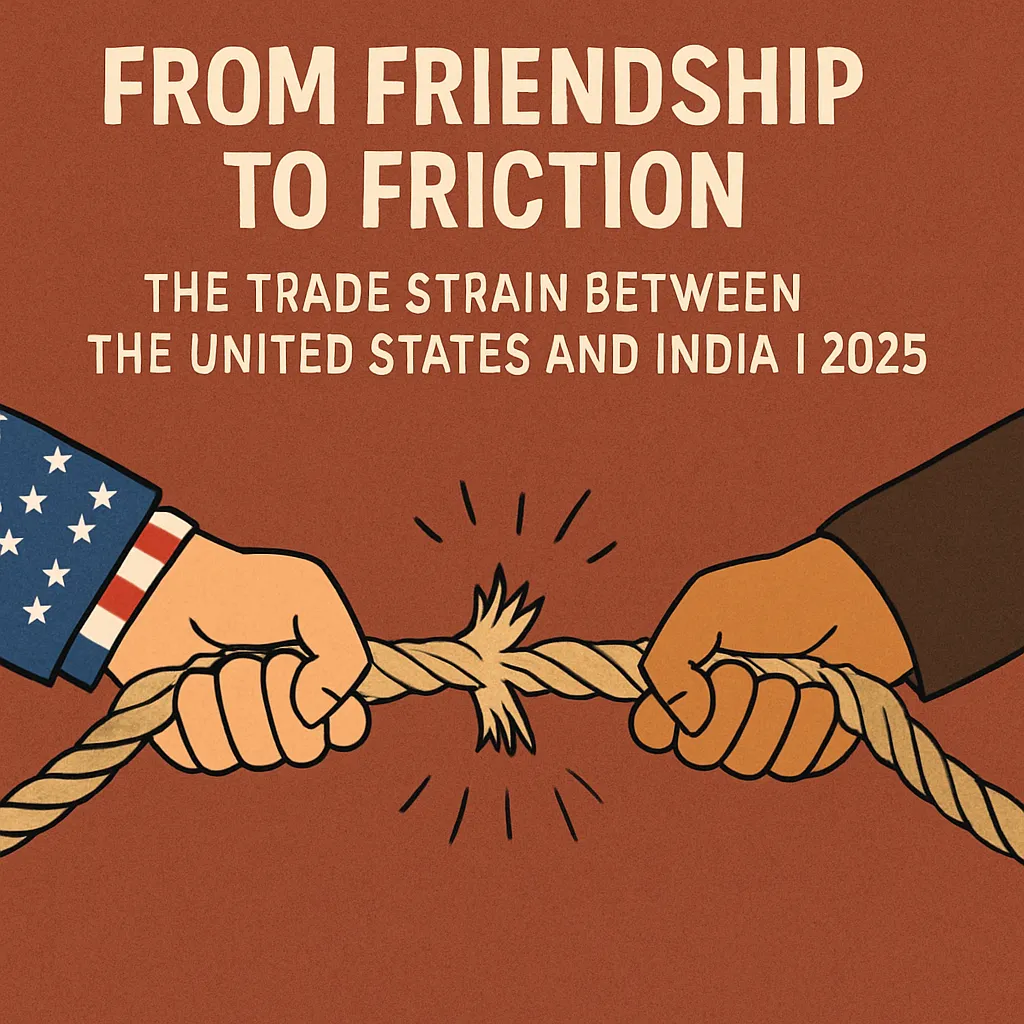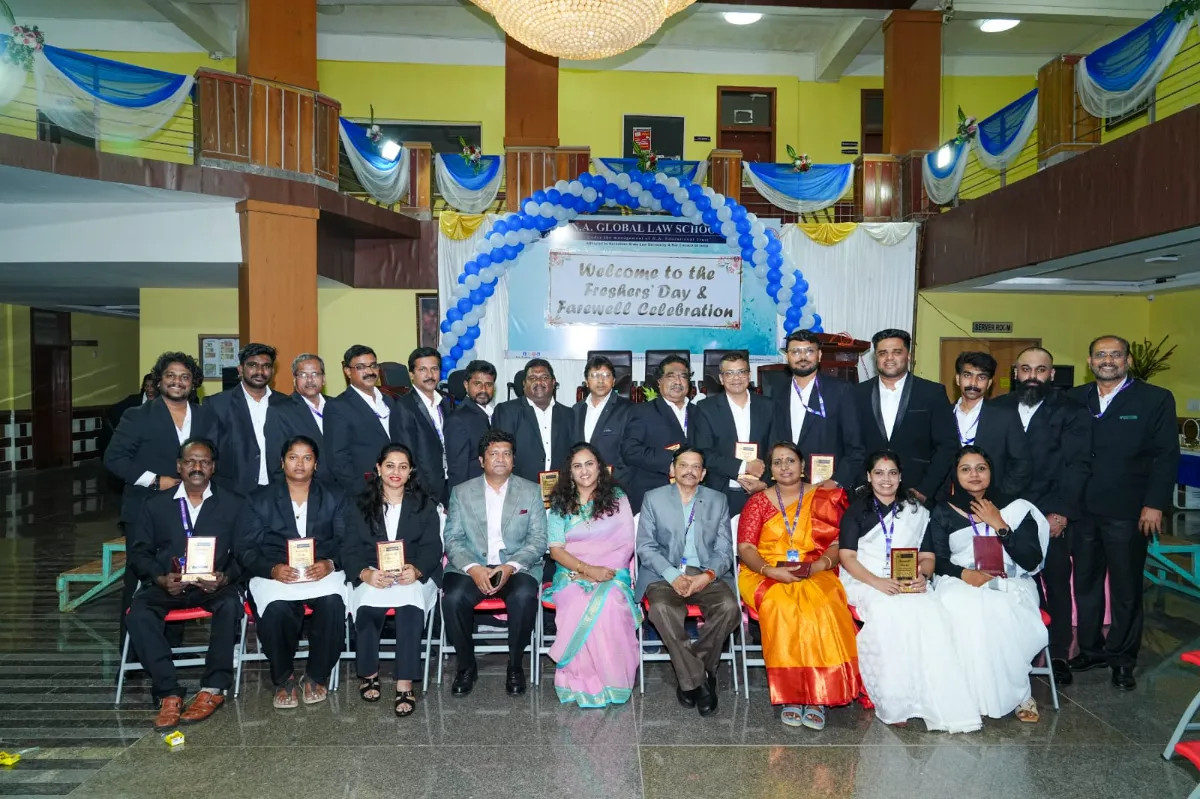Dr. Binu Joseph (Assistant Professor NAGLS, Bangalore)
India’s general election of 2024 has not given any absolute mandate to any political parties. However, the Bharatiya Janata Party (BJP) has emerged as the largest party with 240 seats without a simple majority number of 272 seats out of 535 seats. However, the BJP has emerged as the largest party with 240 seats without a simple majority of 272 out of 535 seats. In the last general election of 2019, the BJP secured 303 seats, and this time the BJP lost 63 seats despite their extensive election campaign and grand strategies. In 2024, the political alliance of the National Democratic Alliance (NDA) could secure 293 seats with 42.53% of votes in India. The BJP is also part of the NDA alliance and the leading party in it. And they have decided to form a union government in India. Following the BJP, the parties of TDP (16), JD(U) (12), Siva Sena (7), and LJP RV (5) seats have secured, and other parties of the NDA have also secured from 1 to 2 seats. The main counter-alliance of the NDA was the Indian National Developmental Inclusive Alliance (INDIA), and that alliance could secure only 232 seats with a 40.56% percentage.
About the NDA
The NDA was formed on May 15, 1998, under the leadership of Atal Bihari Vajpayee and L. K. Advani as a coalition front to contest the general election in 1998. The BJP was its leading party, with the support of the Smata Party, AIADMAK, and Siva Sena. It was a right-wing political alliance with anti-Indian National Congress political ideologies. The NDA alliance could form the union government from 1998 to 2004. During 2014–2024, the NDA again formed the government, but the BJP has gained simple majority seats to rule.
Coalition Government in India
In the last two general elections (2014 and 2019), the BJP secured simple majority to form a government in India. However, this time, it is a coalition government. After the erosion of monolithic Congress power in India, the idea of a front government came into mainstream political discourse. The Congress has been the single largest and dominant political party since independence. Due to socio-economic and political changes, the single-party dominance of Congress has been challenged by other right-wing, left-wing, and socialist parties. And such challenges could pave the way for the emergence of other anti-Congress coalitions in India. In 1977, the first coalition was formed in India. Later, in most elections, no party got a simple majority to form a government. Hence, the coalition system was well established and became a significant part of the political system in India.
Chronological of coalition governments in India
| S.N | Tenure | Name for the Front | Prime Minister/s |
| 1 | 1977-1979 | Janata Alliance | Morarji Desai |
| 2 | 1989-1991 | National Front | V.P. Singh(1989-1990) and Chandra Shekhar(1990) |
| 3 | 1996-1998 | United Front | H.D. Deve Gowda (1996-1997), Atal Bihari Vajpayee (1996), I. K. Gujral (1997-1998) |
| 4 | 1998-2004 | National Democratic Alliance | Atal Bihari Vajpayee |
| 5 | 2004-2014 | United Progressive Alliance | Dr. Manmohan Singh |
| 6 | 2014-2024 | National Democratic Alliance ( BJP has simple majority) | Narendra Modi |
| 7 | 2024-Present | National Democratic Alliance | Narendra Modi |








